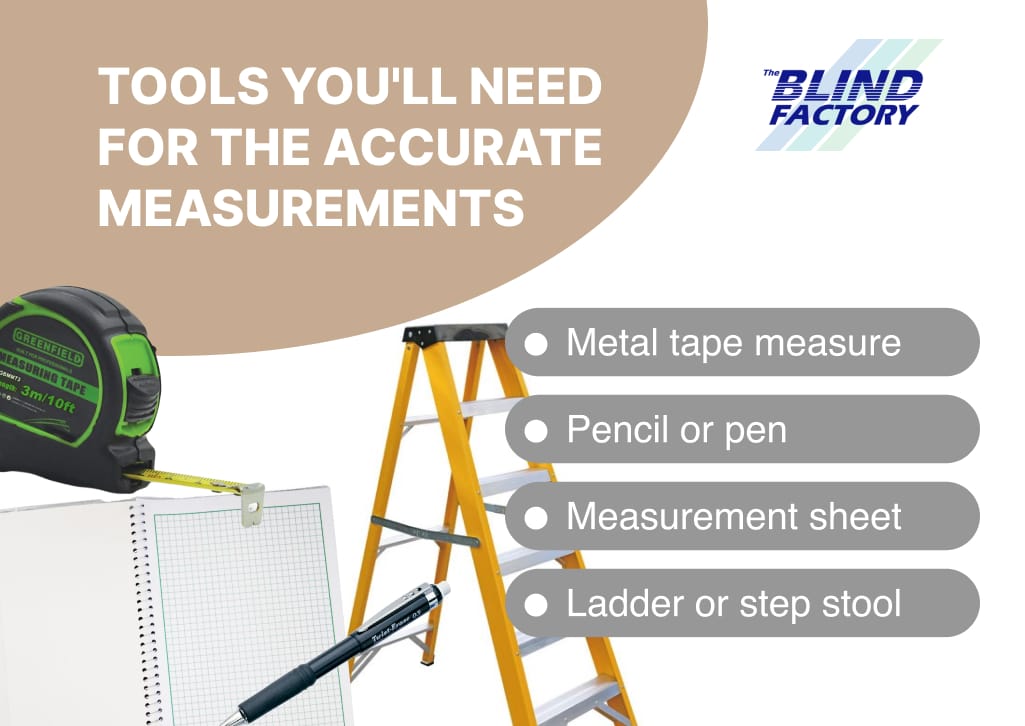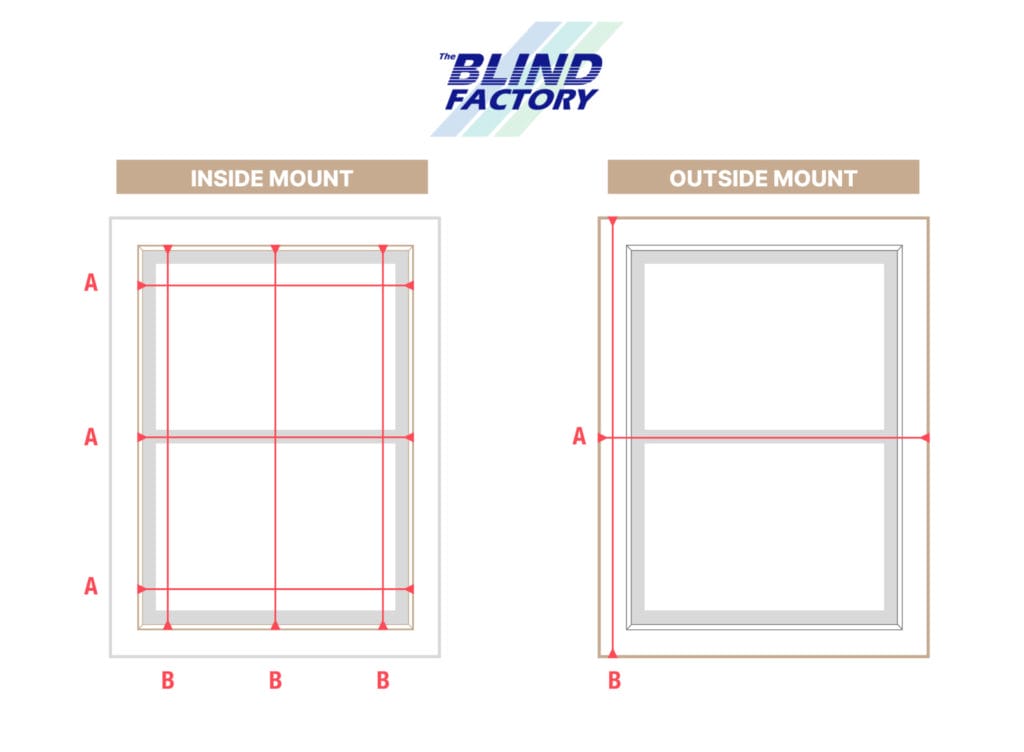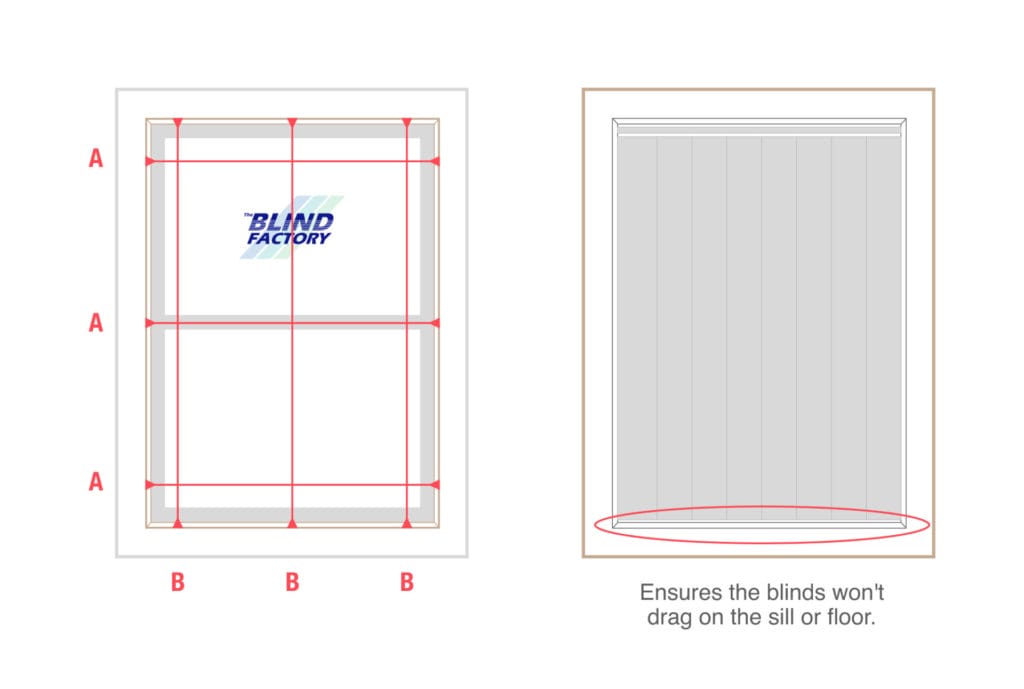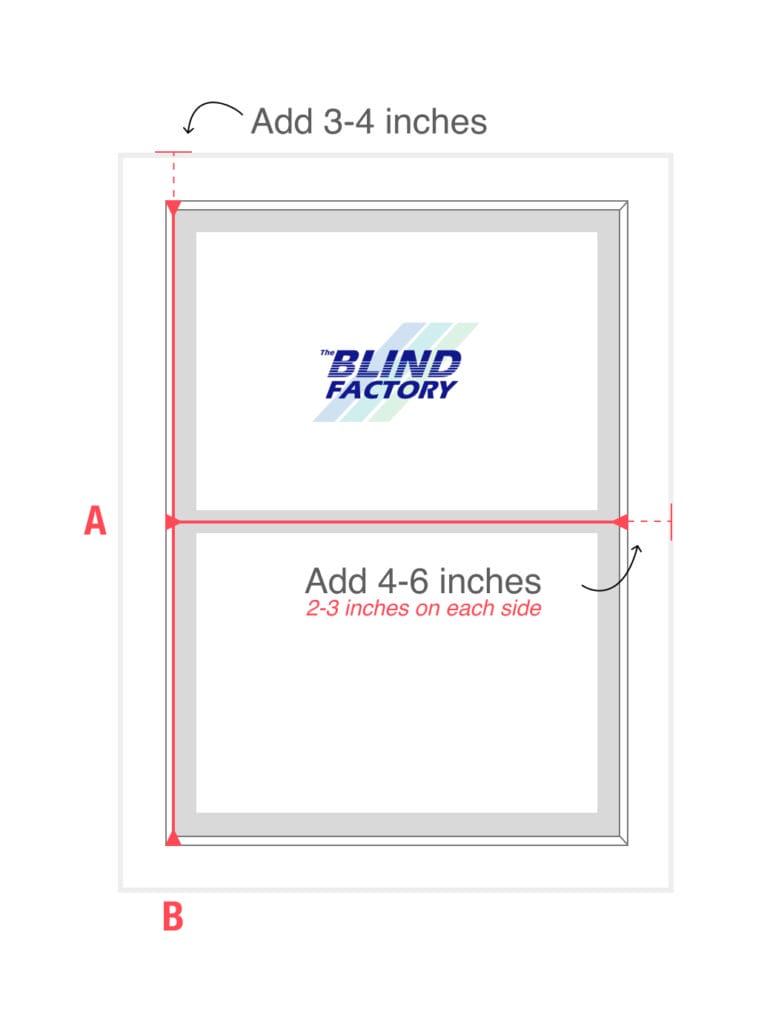The devil is often in the details when embarking on a home improvement journey. One such detail, which can make a vast difference in the appearance and functionality of a room, is how to mount vertical blinds accurately for your windows or patio doors.
Knowing how to measure for vertical blinds is more than just about getting the numbers right; it’s about achieving harmony in design, ensuring functionality, and ultimately adding value to your living space.
Dive deep into this guide to master the nuances of measuring for vertical blinds and equip yourself to make informed decisions for a refined look and feel in any room.
Knowing the Importance of Precise Measurements for Vertical Blinds
Vertical blinds can be both functional and aesthetically pleasing. They control light, offer privacy, and elevate a space’s look. For these reasons, it is paramount to ensure that vertical blinds fit your windows or different types of doors, including sliding doors, perfectly.
Below are the essential reasons why you should take accurate measurements for vertical blinds:
Harmonious Aesthetics
Imagine blinds that are too short, leaving a noticeable gap at the bottom, or ones that bunch up because they’re too long. Such discrepancies can disrupt the visual harmony of a room. Precise measurements ensure that the blinds perfectly fit the window, giving a neat, tailored appearance that enhances the overall aesthetics of the space.
Optimal Functionality
The primary purpose of any window treatment is to control light and ensure privacy. Incorrectly measured blinds might not cover the window entirely, leading to unwanted light seeping in or compromising privacy. When blinds fit precisely, they serve their function optimally, providing the desired level of light control and privacy.
Safety Concerns
Especially in homes with children or pets, safety is a top priority. Too long blinds can pool on the floor, becoming a potential tripping hazard. Additionally, the excess length might make the blinds more accessible to curious hands or paws, leading to potential damage or, worse, accidents. Precise measurements ensure the vertical blind hangs at the right length, reducing these risks.
Longevity and Durability
Blinds that don’t fit properly are more prone to wear and tear. For instance, the edges might fray if they’re too long and keep scraping the floor. If they’re too tight, the strain on the mechanism can lead to quicker wear. Accurate measurements can prevent such issues, extending the life of the blinds.
Ease of Installation
Correctly measured blinds simplify the installation process by ensuring the mounting hardware is securely and smoothly affixed to the window. Installation becomes quicker and smoother without needing adjustments or hacks to make them fit, saving time and potential frustration.
Tools You’ll Need for the Accurate Measurements

Before diving into the measurement process, gather the necessary tools to make the task smoother and quicker:
- Metal tape measure: It provides precise measurements.
- Pencil or pen: It’s used to jot down measurements.
- Notepad or measurement sheet: It’s used to record dimensions.
- Ladder or step stool: It reaches the top of taller windows.
Measure Vertical Blinds According to Mounts
Before measuring, decide whether the blinds will be inside mount vertical blinds (within the window frame or inside the window) or outside mount vertical blinds (outside the frame or on the wall). This decision can impact how measurements are taken.
Here’s what you need to know about inside and outside mounts:

Inside Mount
Inside mount vertical blinds provide a clean, built-in look as the custom blinds hang within the window size frame. Measure the exact width and height of the window in three places (top, middle, and bottom for width and left, middle, and suitable for size) and use the smallest measurement.
Measure for Outside Mount
Outside mount vertical blinds are suitable for windows with shallow depth or an obstruction like a handle. Measure the desired width and height, typically extending beyond the frame for better light gap coverage.
Related Article: How to Measure for Mini Blinds
Step-by-Step Guide to Measuring for Custom Blinds
Follow this systematic process to ensure you capture accurate three measurements when installing vertical blinds for large windows and other sizes:
Step 1: Take The Inside Mount Measurements
If you want your inside-vertical blinds to be inside-mounted, take precise measurements by measuring the width of the window frame in three places (top, middle, and bottom).
Record the smallest size.
This ensures the blinds won’t scrape the sides of the frame.

Similarly, measure the height measurement in three places (left, middle, and right).
Record the smallest measurement.
This ensures the blinds won’t drag on the sill or floor.
Step 2: Take The Outside Mount Measurements
If you opt for an outside mount vertical blinds, measure the width by determining where the blinds will extend on either side of the window frame.
A common practice is to add 4-6 inches to the total width (2-3 inches on each side) to ensure adequate coverage: measure and record.

When it comes to the height of the outside mount blinds, decide where the top of the blind’s headrail will be placed, usually 3-4 inches above the window frame, for optimal coverage.
Measure from this point to where the blinds will end, whether it’s the window sill, a recess fit, a few inches below the sill, or the floor. Ensure the window sill protrudes not more than 5 cm from the window recess to ensure the smooth operation of the blinds.
Following these steps, you can get the proper measure for the same size outside mount.
Step 3: Measure The Depth
This step is crucial, especially for inside mount blinds installations. Measure the window frame’s depth with a steel measuring tape to ensure enough space for the blinds. Most vertical blinds require a specific minimum depth to fit inside the frame.

Close the vertical blinds completely to ensure accurate depth measurements. Measure the distance from the front of the headrail to the back of the vanes and record the exact size to the nearest 1/8 inch.
Step 4: Consider Obstructions
Survey the area around the window opening. Radiators, furniture, or window handles can affect the fit and functionality of the blinds. To measure for outside mounts, ensure that the extended width and height account for these obstructions.
Step 5: Double-Check Measurements
Accuracy is essential. It’s a good practice to measure twice to ensure consistency and correctness.
Write down your measurements to help you track them and avoid making mistakes. Also, have someone else double-check your measurements.
This is especially important for critical sizes of your window blinds, such as those for construction or medical purposes.
Transform The Aesthetics of Your Window Frame with The Right Measurement
Measuring your new vertical blinds can ensure they function optimally, enhancing the room’s aesthetics. With the insights from this guide and help with our design tools, you can confidently measure windows and select custom blinds that will enhance a space’s functionality and beauty.
If you have more queries, contact the dedicated experts from The Blind Factory, who are ready to provide some tips and tricks about vertical blinds and how to measure them correctly. We offer custom vertical blinds in Columbus and Hilliard.

